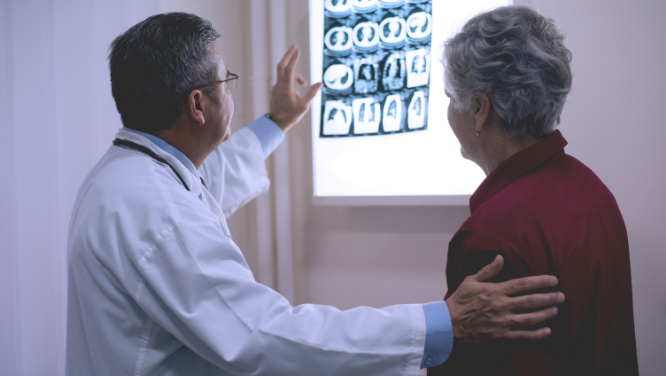Monday, 18 December 2023
Endobronchial Ultrasound (EBUS)
At the Anadolu Medical Center Department of Pulmonology, services are provided for the treatment of respiratory system diseases. The department also includes the Asthma Clinic, Smoking Cessation Clinic, Advanced Stage Lung Disease Clinic (Pulmonary Rehabilitation Clinic), and Respiratory Laboratory.
What diseases are diagnosed and treated in the department?
Asthma
Chronic bronchitis and emphysema (COPD)
Acute bronchitis and other infections (pneumonia)
Pleural diseases (diseases related to the lung lining and fluid accumulation)
Interstitial lung diseases (sarcoidosis, diffuse parenchymal lung diseases, pulmonary fibrosis)
Pulmonary vascular diseases (pulmonary embolism, pulmonary hypertension)
Occupational and environmental lung diseases
Toxic gas inhalation
Advanced stage lung diseases and respiratory failure
Lung involvement in rheumatic diseases
Smoking addiction, smoking-related diseases, and smoking cessation methods
Lung diseases during sleep and sleep apnea syndrome
Lung cancers
Tuberculosis
Pulmonology
Assoc. Prof. Tayfun Çalışkan
Pulmonology
MD. Esra Sönmez
Videos
All videosAkciğer Kanseri Hakkında Merak Edilenler?
Akciğer Kanseri Hakkında Merak Edilenler?

We listen to your opinions and suggestions to further enhance our service quality.

You can fill out the form to get a second doctor's opinion on the results of your tests, the diagnosis of your illness, and the treatment options we offer you.

You can receive the healthcare services you need at your home. Please fill out the form for home healthcare services.
Featured Articles